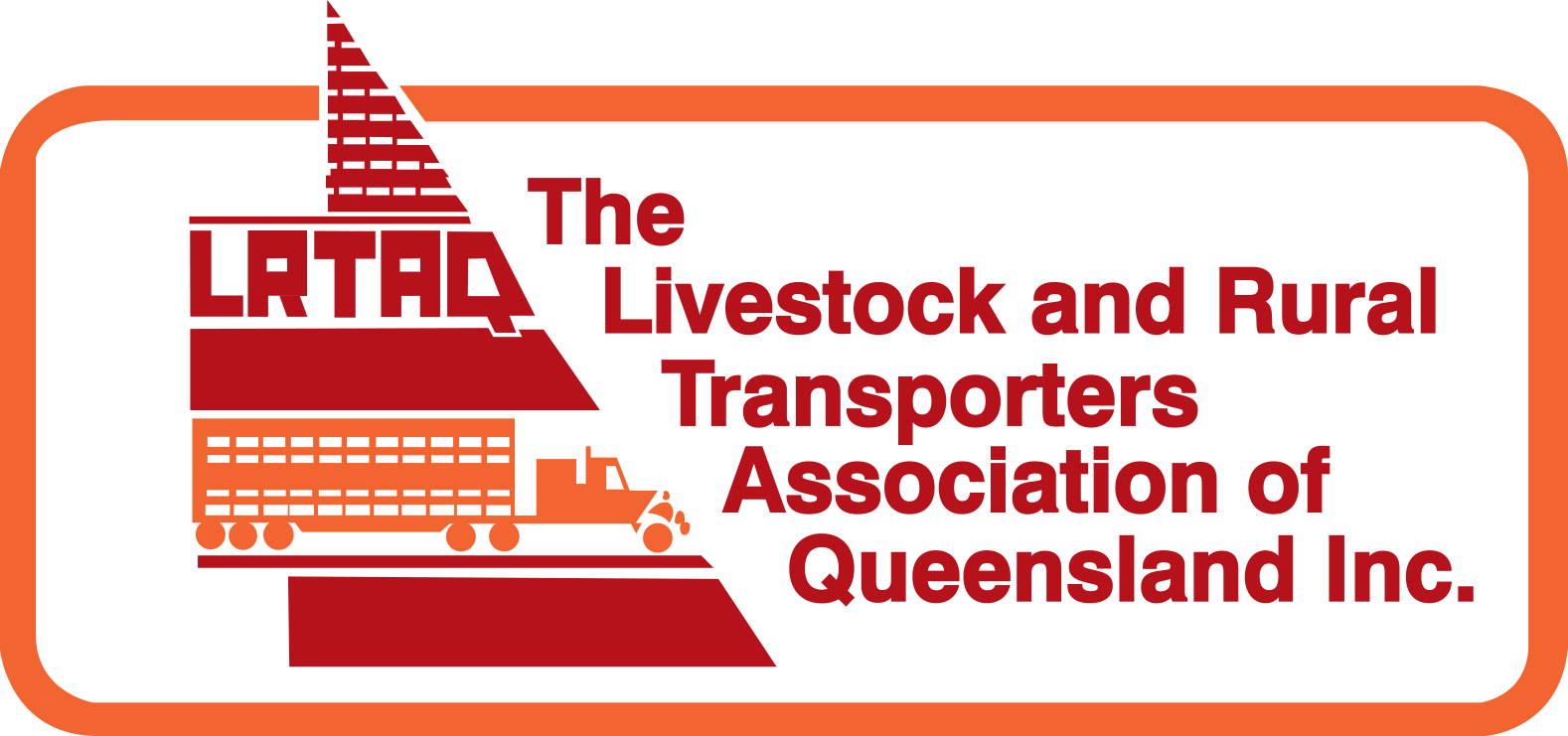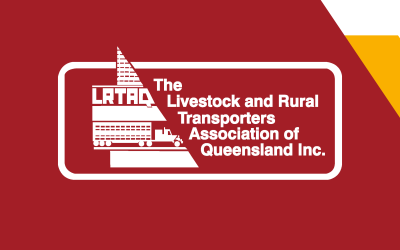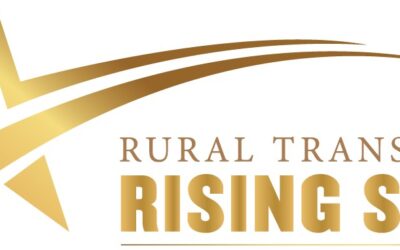Loading and unloading animals can be the most challenging part of the livestock handling task, and hazardous situations can place farmers, agriculture, and transport workers at risk.
These high-risk situations can occur anywhere from farms, roadsides, and saleyards, to feedlots, abattoirs, and depots. That’s why strong practices that support driver health and wellbeing play a crucial role in making sure all workers remain safe.
To support livestock handlers and keep workers safe, Standards Australia have released the Australian standard for livestock loading/unloading ramps and forcing pens. The standard is the first of its kind and provides the missing guidance about safe design and practices that livestock transporters and agricultural businesses across Australia need.
This standard is a major step forward in fostering better and safer conditions for agricultural and transport workers and livestock and aligns closely with the animal welfare standards that exist within the TruckSafe accreditation scheme.
TruckSafe members that are animal welfare accredited already meet high standards that ensure the suitability of vehicles, equipment, and materials. Our animal welfare standards meet and exceed all requirements of the land transport standards, and this new ramp standard reinforces what is best practice to ensure drivers, animal handlers and livestock are well protected from injury.
TruckSafe director and Transport Manager of Shanahan’s Transport, Peter Callanan, says the release of the new standard is a crucial development for all those involved in livestock handling and is enthusiastically welcomed by the TruckSafe community.
“The new standard will see shorter loading and unloading times, reduced risk of injury for handlers – especially those who work alone, and less stress on animals,” Peter said.
“The ramp standard compliments TruckSafe animal welfare standard for holding, loading and unloading, and a requirement that equipment be properly designed, constructed and maintained,” he said.
Not only does the new standard reduce loading and unloading times, it also supports handlers who are often loading and unloading on their own, and fosters an environment where there is less stress placed on animals during the transport task.
So many of Australia’s trucking businesses are small and family owned, so it can be hard to keep up with the latest requirements. That’s where TruckSafe and the new Australian standard come in to play, making it easier for businesses to improve their practices and develop a positive safety culture.
With these strong standards now released and comprehensive TruckSafe animal welfare accreditation available to all participants in the industry, there are now real and effective solutions to reducing the safety risks in the livestock handling task. The new standard includes measures promoting liaison between parties within the livestock handling chain, resulting in safety expectations being reinforced.
“Loading and unloading animals can be the most high-risk part of the livestock transport task,” TruckSafe director and Group Fleet and Maintenance Manager at Martins Stock Haulage, Graham Emery, said.
“In recent years we have seen transport industry safety improve tremendously and the focus remains on continuous safety improvements throughout the supply chain. Vehicles are subject to Australian standards, with regular internal and on-road inspections by regulatory authorities.
“Operating under TruckSafe ensures driver practices and vehicle maintenance are of an extremely high standard, and this new ramp standard will help bring livestock ramps into line with modern safety expectations,” he said.
Strongly supported by TruckSafe and the wider transport and agriculture industries, the standard promotes consistency and highlights the need to invest in safer and more productive equipment.
TruckSafe director and Compliance Manager Fleet Operations at Frasers Livestock Transport, Athol Carter, says now more than ever it is crucial for businesses and their staff to step back and assess their procedures.
“Safety by design is now industry standard. In today’s world, safety is paramount. Adopting proper safety practices makes perfect sense for businesses and is money well spent,” Athol said.
He also commented that continual improvement in safety will benefit all industry participants through reduced workers compensation premiums and even increased labour supply.
“We want even more people to see the agriculture and transport industries as somewhere that they want to work,” Athol said.
“Without a ramp, your income stops. That’s why operators should take all steps to ensure their procedures align with best practice and high safety standards.
“The new standard ensures the entire supply chain has a shared responsibility to consider not only animal welfare, but the safety of the person performing the task,” he said.
For more information about TruckSafe or to join, head to www.trucksafe.com.au


